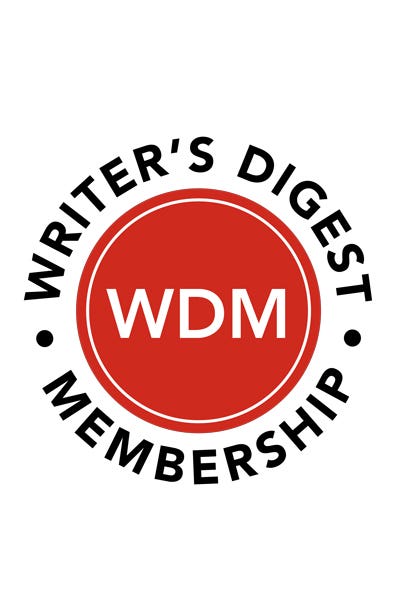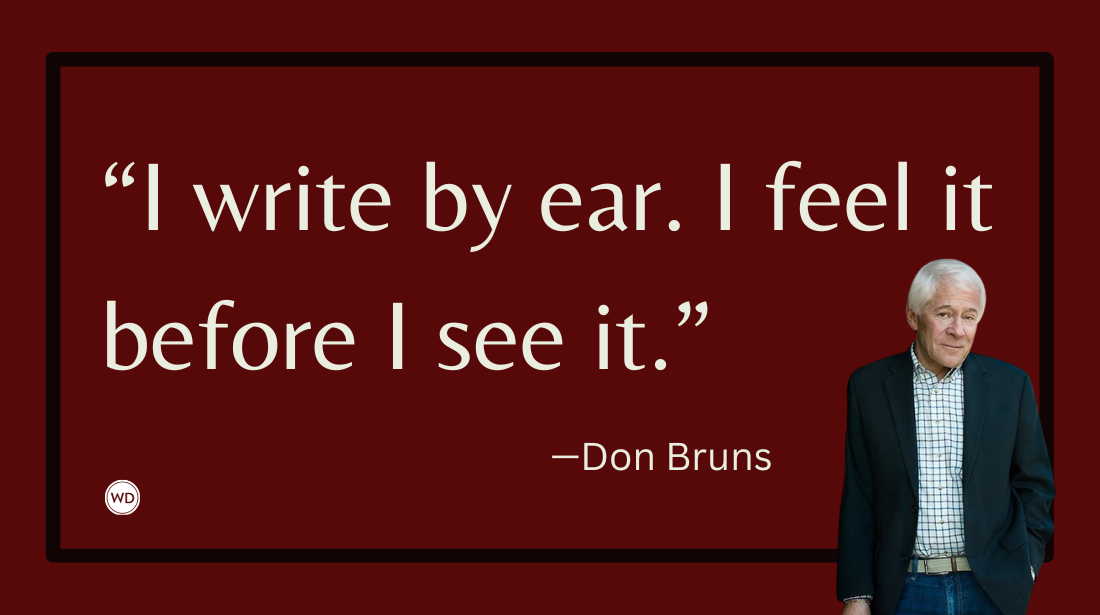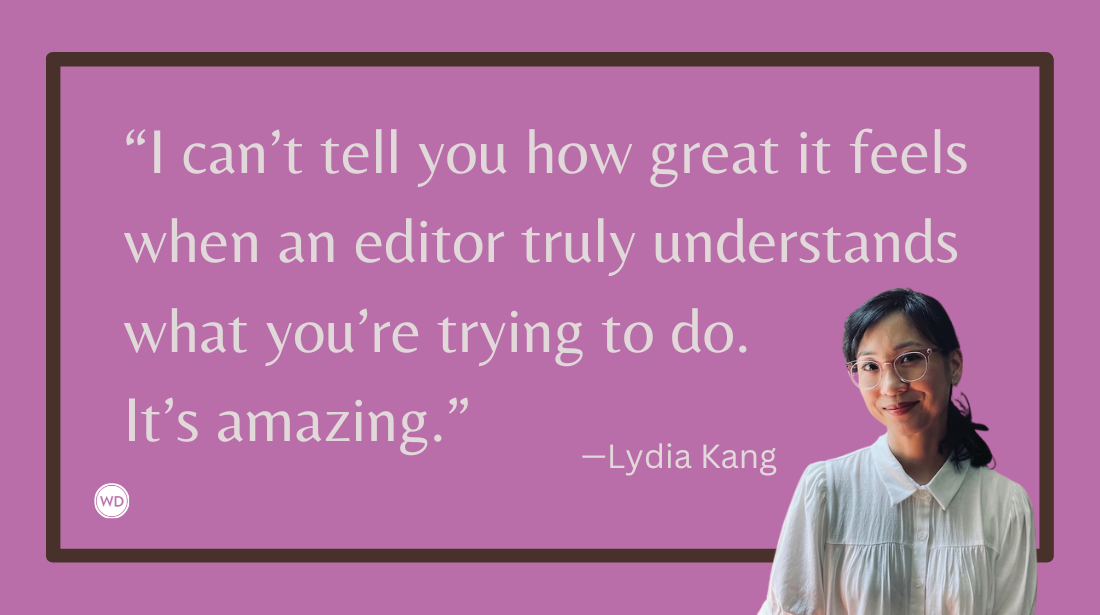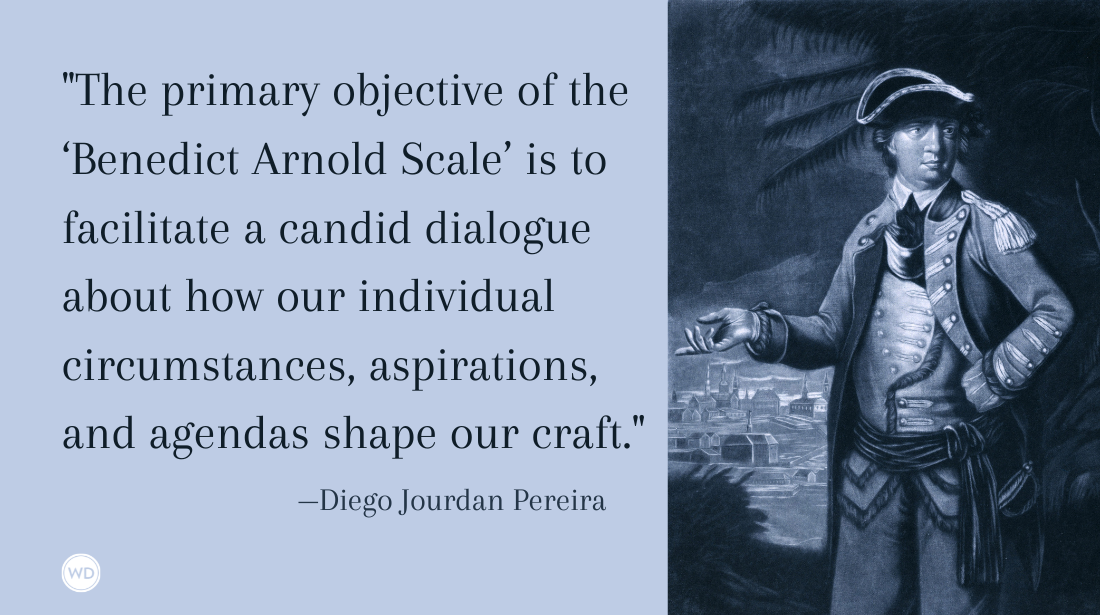How Playing D&D Can Help You Beat Writer’s Block
Author Raj Sidhu explains three ways in which playing D&D helped him make a breakthrough in his own writing and publishing.
Like many of us, I didn’t know how to begin.
I’d known since the fourth grade that I wanted to be a writer, but there I was, nearly 30, without a story to my name. Sure, I had lots of ideas rattling around in the attic—little ghosts of characters that haunted me for years, whispering and groaning, pleading to be brought to life, urging me to write.
But therein lay the rub, because I didn’t know how to write. Whenever I’d set myself in front of a blank Word doc, I’d sputter. The characters I made were awkward and one-dimensional. My dialogue was stuttering. The worlds I painted were detailed and lush, but lacked substance and purpose.
What I was missing, of course, was experience. I didn’t know what I didn’t know; I could spot a good story when I read it, but I had no clue what ingredients I needed to cook one up from scratch. And where some overcome their inexperience through writer’s groups, workshops, study, and practice, I fumbled my way into a slightly different approach: dorking around in Dungeons & Dragons.
D&D has enough cultural oomph for me to skip the preamble. By this point, we all get the gist—orcs, wizards, funny dice, greasy fingers, and so forth. When I started playing in my mid-20s, I knew all these things, too. But what took me by surprise was that D&D—and any other game like it, for that matter—is almost more of a framework for communal storytelling than it is, well, a game.
Nobody feels this more acutely than the Dungeon Master, who is both architect and engine of the world that their players experience. And when I became the DM for a group of my pals, I slowly realized that I had stumbled into an immensely effective training ground for both practicing the craft of storytelling and breaking through my writer’s block.
1. Storytelling 101
Any decent dungeon master figures out the basics of storytelling almost intuitively. From theme and setting to character development and narrative pacing, the building blocks of a well-told story are identical to those of a fun, well-run D&D campaign. Your players—the main characters of your campaign—need to undergo change and growth. The world you build must feel solid enough to touch, yet subtle enough to melt into the background—all the better to make your characters shine. Your side characters must be memorable, and serve to move the story forward in their own way.
The best part of all? In D&D, the levers of storytelling are knobs and buttons you get to fiddle around with in real time. You don’t need to ace any of it from the outset. Instead, you iterate as you go. An improvised goblin can become the heart of your story if your players latch onto him. A doodle of a city can become a living, breathing world as you respond to your players’ choices. Each session you play can teach you a little more about what holds your players’ attention, what moves the story, what builds tension—and what doesn’t.
2. Performance & Feedback
Remember: D&D is, first and foremost, a shared experience. Hiding behind my laptop, farting out half-baked chapters of my first stories with no accountability meant I had zero reason to improve. DMing a D&D campaign, on the other hand, is a live performance. Not only did I have to churn out new content every week, but I also had to present it in front of an audience. It didn’t matter if the content was any good or not—what mattered was that I was building the muscles for meeting deadlines, sharing my work, taking risks, and receiving feedback (did the players laugh at the gag I planned out? Did they seem moved by the death of a character? Did I feel their tension when the stakes were raised on a quest they’d been working on?).
This is a crucial exercise that I actively avoided as a novice—the thought of sharing my work with anyone before it was perfect filled me with dread. But how could I possibly approach ‘perfect’ without feedback? Later, when I was in the full swing of writing my debut, I jumped at opportunities to share as much as I could with my friends and family, and to seek guidance from freelance editors as early and often as I could.
3. Joy
My first stabs at writing over the years always left me feeling low. I felt ashamed that this thing that I had so much passion for felt so alien and awkward each time I tried to reach out to it. And that, in turn, made me fearful to truly embrace my dream of writing, and give it the effort it deserved.
Beating your head against a wall of writer’s block is a recipe for misery. But an experience like D&D is hard not to have a blast with. It’s a joy to watch character arcs you subtly shaped over months come to fruition. It’s a thrill to see where your own intuition can take you in an improvised encounter. It’s a hoot to see people engaging with something you’ve created, in a low-stakes game of dice around your dinner table. And when it comes to feeling like a novice, or butting your head against some stubborn writer’s block, it’s hard to overstate the benefits of remembering that creating things is fun.
--
There are many, many ways to build confidence as a storyteller—most of them come down to putting yourself out there on the line. So, whether you sign up for that creative writing course, meet up with some local writers for a coffee, or gather your nerds for a weekly game of D&D, my advice is this: When you’re feeling stuck, step out from behind your laptop. Speak your stories aloud. Roll the dice—because who knows? You might just find yourself on the adventure of a lifetime.
Check out Raj Sidhu's Thrash Force here:
(WD uses affiliate links)









